How Does Farfetch Data Scraping Enable Smarter Market Analysis For Luxury Product Trends?
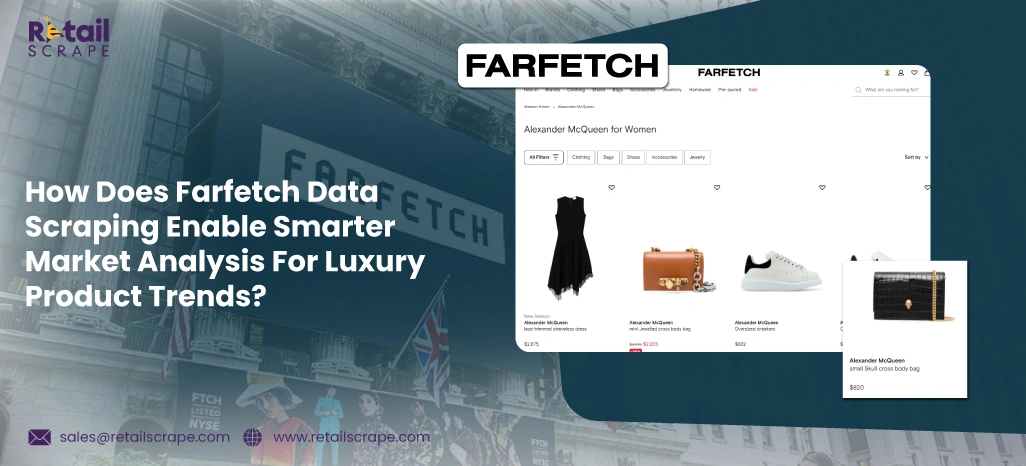
Introduction
The global luxury fashion market operates at an extraordinary pace, with trends emerging and fading faster than ever. For brands, resellers, and market analysts, actively tracking shifting consumer preferences, competitor assortments, and pricing strategies, including Price Optimization, is critical to stay competitive. In today’s digital era, platforms like Farfetch act as key indicators of luxury retail performance, offering rich data that, when analyzed effectively, reveals valuable market insights.
Through the systematic collection, organization, and analysis of platform-specific information, businesses can better align their strategies with actual consumer demand. Within this framework, Farfetch Data Scraping stands out as an efficient and scalable solution to track product availability, pricing trends, and inventory movements—key factors that shape market positioning and drive business decisions.
Unveiling Insights from Luxury E-Commerce Data for Market Intelligence
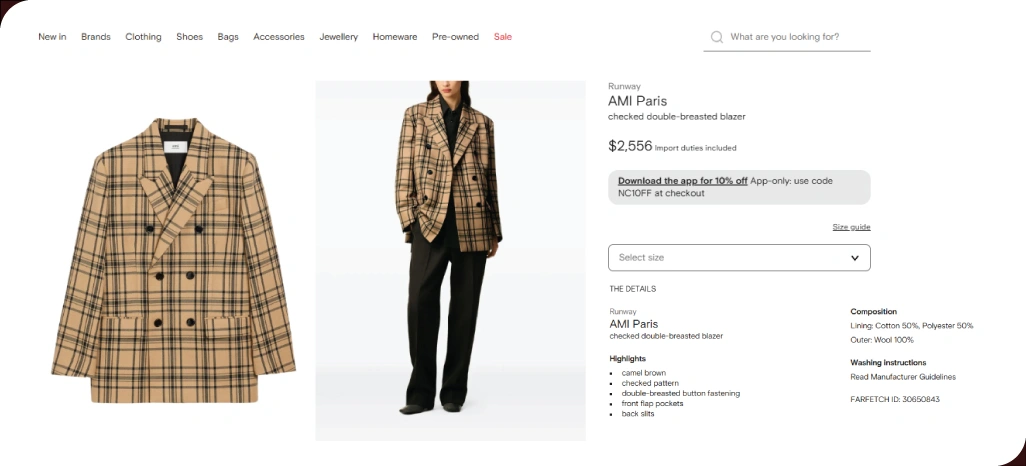
In the luxury retail industry, data is not merely a static list of product names and prices—it represents a living, evolving record of brand positioning, consumer behavior, and seasonal market shifts. When analyzed correctly, this information becomes a strategic asset that can shape more intelligent decision-making and targeted business strategies.
Through detailed Farfetch Product Data Extraction, companies can uncover actionable insights such as:
- Identifying emerging brands and categories: Detects patterns in product launches, increasing stock presence, and sales velocity to understand which labels or collections are gaining popularity and driving consumer interest.
- Tracking promotional pricing trends: Observe how pricing structures change during sales events, discount campaigns, or seasonal clearances to assess competitor pricing strategies and determine optimal discounting models.
- Monitoring competitor stock availability: Analyze inventory fluctuations to gauge demand, detect restocking cycles, and estimate competitors’ market share within specific product segments.
- Forecasting upcoming product trends: Use data on product sell-out rates, high-demand styles, and color preferences to anticipate which fashion items may dominate the market in upcoming seasons.
With Farfetch Product Data Extraction, businesses gain structured, high-quality datasets that go far beyond simple catalog collection. These datasets capture rich metadata—including detailed product descriptions, available sizing options, color variations, and aggregated customer ratings—that offer a holistic view of the luxury fashion landscape.
Gaining Competitive Insight Through Continuous Data Monitoring
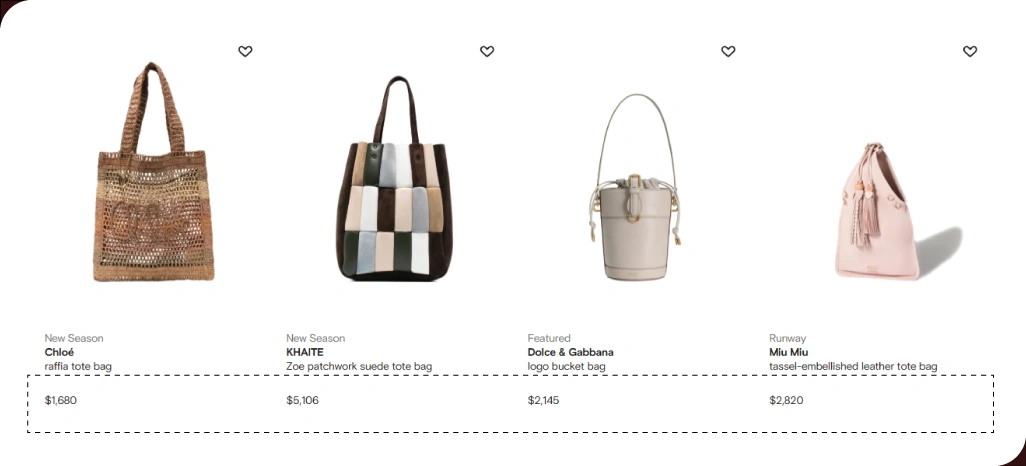
One of the most significant benefits of automated data gathering lies in its capability to continuously track market shifts over extended periods, going far beyond the limitations of occasional manual research.
By integrating historical datasets with up-to-date listings, analysts can conduct in-depth evaluations of seasonal and event-driven pricing fluctuations through Farfetch Price Scraping.
This approach enables businesses to:
- Assess seasonal pricing patterns: Understand how luxury fashion brands adjust prices during festive seasons, significant holiday sales, or high-profile fashion events.
- Evaluate promotional strategies: Identify how exclusive collection launches or limited-edition releases impact pricing curves and consumer buying behavior.
- Enhance strategic positioning: Feed these findings into Pricing Intelligence Data Scraping workflows, allowing businesses to benchmark competitors’ strategies and fine-tune their pricing models.
Similarly, Farfetch Product Listing Scraping empowers brands and retailers to maintain an ongoing watch over competitors’ product assortments.
This process provides:
- Visibility into inventory changes: Detect newly added luxury items, identify discontinued products, and monitor recurring or reintroduced listings.
- Early market shift detection: Spot emerging style trends or product categories gaining traction before they reach mass popularity.
- Data-backed forecasting: Build a robust foundation for predictive market analytics, enabling proactive decision-making rather than reactive adjustments.
Through these structured data insights, businesses can establish a competitive edge in the fast-moving luxury fashion sector by understanding not only what changes occur in the market but also when and why they happen.
Unlocking Deeper Insights for Strategic Luxury Retail Decisions
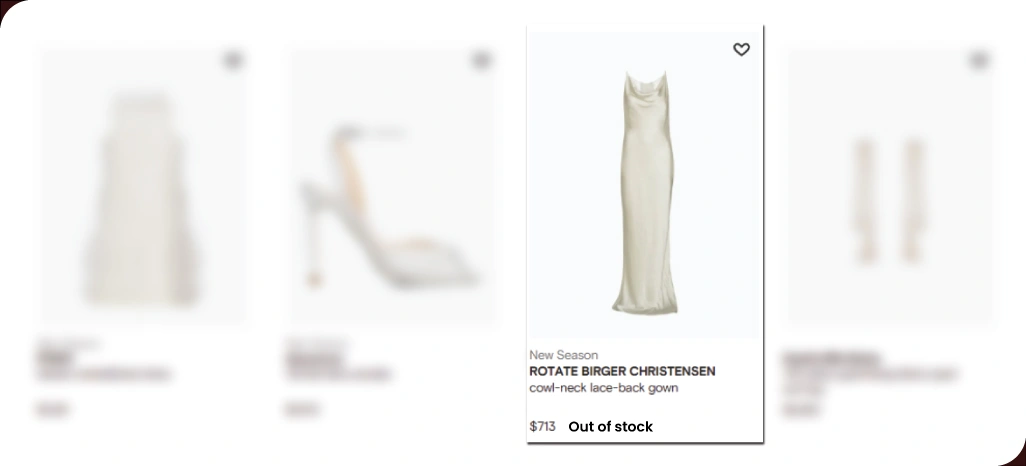
In the luxury retail sector, inventory management is far more than just keeping shelves stocked—it directly influences profitability, brand positioning, and customer satisfaction. Understanding which products are available, which sell out rapidly, and which remain unsold for extended periods provides retailers with the intelligence needed to make smarter purchasing, pricing, and replenishment decisions.
Through Farfetch Inventory Data Scraping, businesses gain real-time visibility into stock patterns across various brands, categories, and markets.
This enables:
- Trend Detection in Stock Movements: By identifying how products move in and out of inventory, retailers can pinpoint emerging best-sellers as well as slow-moving items.
- Data-Driven Buying Decisions: Cross-referencing inventory trends with actual sales performance helps determine which products deserve increased orders and which should be scaled back or discontinued.
- Category-Level Performance Analysis: Retailers can evaluate specific product categories to adjust their assortment strategy in alignment with customer demand.
One of the most significant benefits is its role in Inventory Management Optimization, the strategic allocation of products across online platforms and physical stores to maximize both sales and customer satisfaction. This is especially critical for global luxury retailers, who must balance distributing high-demand items efficiently without overstocking less popular products.
For industry researchers and consultants, analyzing inventory shifts over time provides deeper market insights. It can reveal whether certain luxury brands are deliberately restricting availability to uphold exclusivity or are adjusting supply in direct response to market demand spikes. Such intelligence is invaluable for competitive benchmarking, forecasting trends, and advising on product distribution strategies.
Uncovering Strategic Insights from Brand and Category-Level Analysis
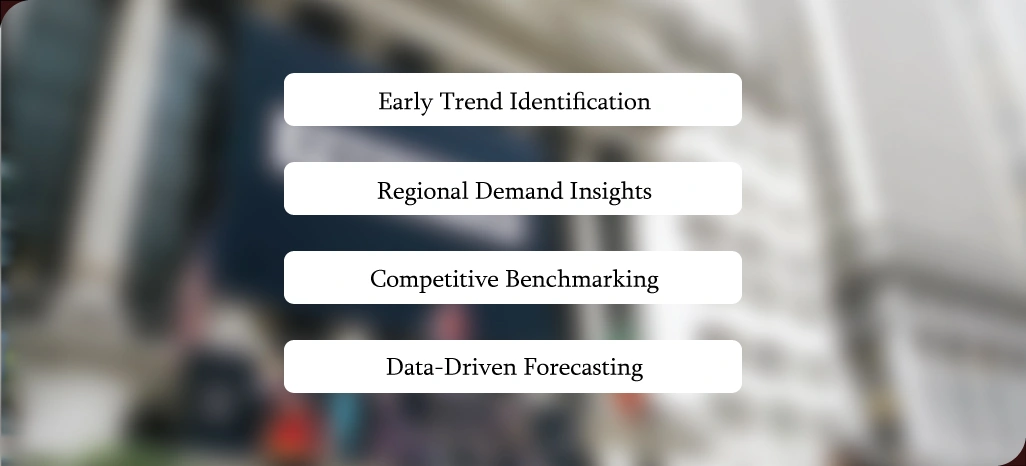
Understanding brand and category-level performance in luxury fashion requires more than just observing seasonal shifts—it demands precise, data-backed analysis. In an industry where consumer preferences evolve rapidly due to runway presentations, celebrity styling choices, and emerging cultural influences, depending solely on intuition can lead to missed opportunities.
By implementing Luxury Fashion Data Scraping, analysts gain access to structured, category-specific details such as product type, seasonal labeling, and exclusive designer collection identifiers. This level of granularity allows for in-depth segmentation, enabling businesses to map trends by product group and track how they evolve across multiple fashion seasons.
The value increases further when geographic segmentation is applied, revealing how customer preferences for specific categories vary across regions. This enables brands to tailor marketing strategies, inventory allocation, and product launches according to local demand patterns.
Monitoring Farfetch Luxury Product Listings enhances this analysis by showcasing brand visibility across multiple categories and price tiers, providing a competitive view of how top players position themselves. Combined with Luxury Goods Data Scraping Services, this unified dataset becomes a high-value resource for identifying trend lifecycles, forecasting demand, and benchmarking brand performance against competitors.
Key Benefits of This Approach:
- Early Trend Identification: Detect emerging category patterns before they peak in the mainstream market.
- Regional Demand Insights: Understand localized fashion preferences and align marketing strategies accordingly.
- Competitive Benchmarking: Compare brand visibility, price positioning, and category penetration with industry leaders.
- Data-Driven Forecasting: Predict product demand with greater accuracy to optimize inventory and pricing strategies.
Transforming Raw Information into Actionable Market Intelligence
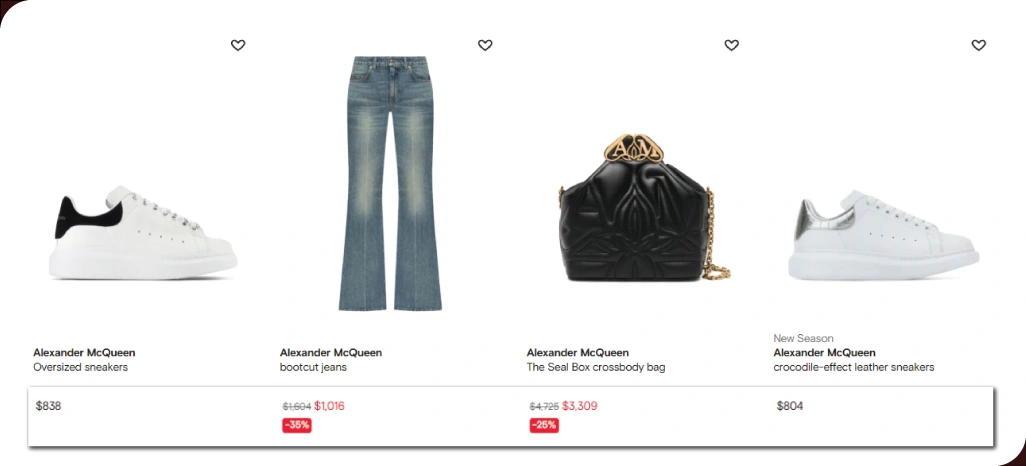
The real value of data emerges when it is interpreted with precision and context. While automated tools can collect and organize information into structured formats, the competitive edge is achieved when this information is seamlessly integrated into robust analytics systems.
With Farfetch Data Scraping For Analytics, businesses can convert raw product and pricing data into comprehensive dashboards, predictive models, and competitive landscape visualizations. These insights enable organizations to shift from reactive responses to strategic, forward-looking decisions.
Here’s how this transformation delivers measurable benefits:
- Advanced Pricing Strategies: Develop dynamic pricing frameworks that adapt to market shifts by incorporating competitor activity and customer behavior patterns.
- Smarter Inventory Management: Align purchasing and stock replenishment decisions with real-time sell-through rates, seasonal demand fluctuations, and product lifecycle insights.
- Data-Driven Marketing Timing: Optimize campaign launches to coincide with high-demand periods identified through detailed trend analysis.
When executed correctly, these data-driven methods help organizations navigate the complex luxury retail market with greater accuracy, efficiency, and profitability.
How Retail Scrape Can Help You?
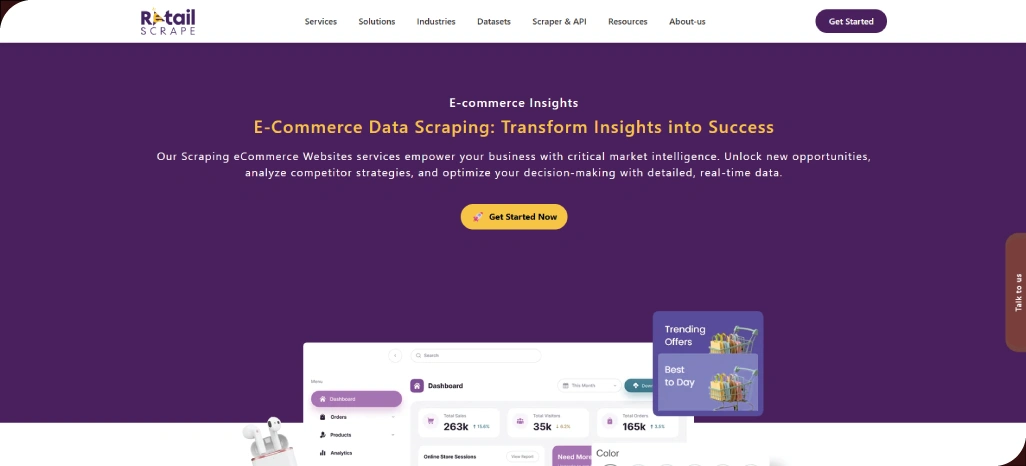
We deliver Farfetch Data Scraping solutions that empower luxury fashion brands, retailers, and analysts with accurate, timely, and structured insights. Our services are designed to convert raw data into meaningful strategies that drive growth and competitive advantage.
We can help you:
- Track global product availability in real-time.
- Monitor pricing changes for competitive positioning.
- Identify top-selling items across brands and categories.
- Analyze inventory patterns for strategic planning.
- Map brand performance across multiple markets.
- Deliver clean, integration-ready datasets for analytics.
With our proven methods, you gain reliable datasets, ethical compliance, and integration-ready formats for seamless analysis. By leveraging our Farfetch Price Scraping expertise, your business can make informed, data-backed decisions that strengthen market positioning and profitability.
Conclusion
In today’s fast-moving luxury retail landscape, Farfetch Data Scraping provides the clarity and precision needed to make confident, data-backed decisions. From tracking pricing shifts to identifying emerging trends, the correct data helps businesses act faster and smarter in a highly competitive market.
Partner with us to turn complex datasets into actionable insights through our Farfetch Data Scraping For Analytics solutions. Contact Retail Scrape today to discuss your specific requirements and discover how we can help you anticipate market changes, refine strategies, and secure long-term growth in the luxury fashion industry.
